Why You Should Train Your Off Stroke: The Benefits of Mixing Things Up
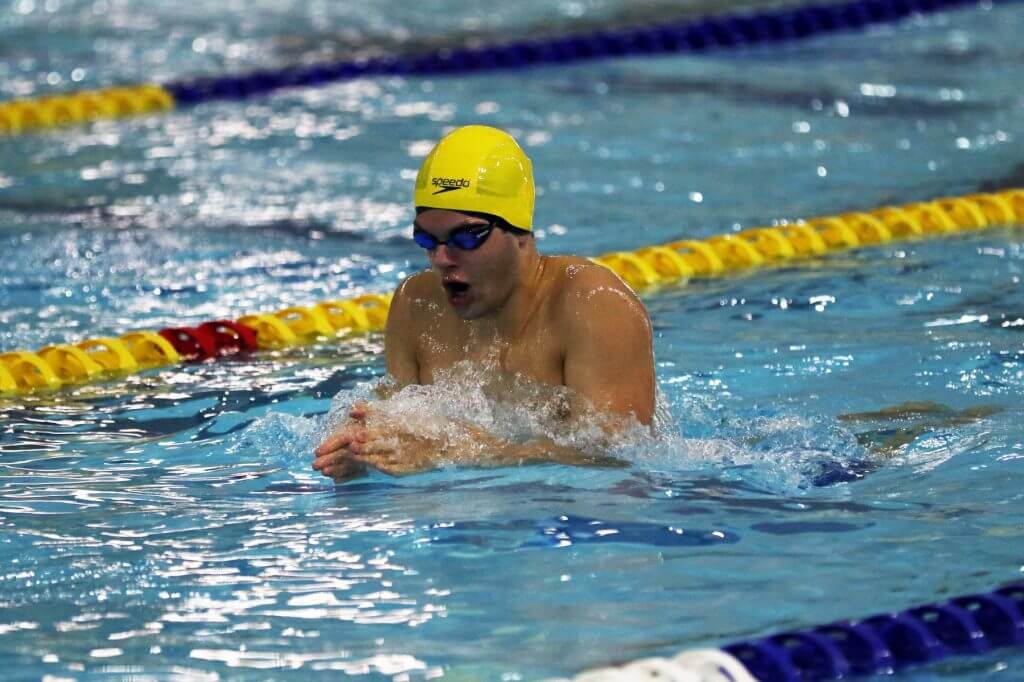
Why You Should Train Your Off Stroke: The Benefits of Mixing Things Up
(From the Archive)
“What is the hardest swimming event?”
There are many answers to this question. Many would say the 400 IM. Why? You start off with a 100 fly, which can easily tire you out, followed by a 100 back. Next you have a 100 breast, which can either be spent catching up or getting passed by the field. Finally, you end your mini-nightmare with a 100 free with whatever energy you have left.
From this, you can see why many swimmers would rather swim a freestyle event and push away their off-stroke. Swimming, as if you didn’t know already, is a full-body workout that uses just about all of your muscles from your fingertips down to your toes. While each stroke is taxing on the body, each emphasizes its own set of muscle groups that can complement and strengthen muscles used for a different stroke.
In order to understand the benefits of training your off-strokes, we must first understand how the body works for each stroke as well as common injury patterns for swimmers.
Stroke Analysis
In order to pull your body through the water, your arm muscles (biceps and triceps), forearm muscles (flexor digitorum and brachioradialis), shoulder muscles (deltoids and rotator cuff muscles), and chest muscles, (pectorals) must work together much like rowing oars.
To propel yourself forward with your legs, your thigh muscles (quadriceps and hamstrings), calves and shins (gastrocnemius and tibialis anterior) and your glutes act as a powerful motor.
To provide stability and direct your movements forward, your rectus abdominis and external obliques – what are traditionally seen as ab muscles – are at work. You can point out obvious weaknesses in a swimmer’s core if he swims in an “s-shape,” squiggling down the pool.
The core is arguably one of the most important areas to target strength and stability training to ensure proper posture in the water. Poor posture and technique can lead to increased incidences of injury. While most people think of ab muscles constituting the core, it actually includes any muscle that attaches to the lower back and pelvis area which function to stabilize or mobilize the trunk. Physical therapist Marty O’Shea identifies several muscles of the core: “Three of the key muscle groups include the abdominals, the low back/paraspinals, and the hip musculature which include the glutes, deep hip rotators and hip flexors.” No wonder why it’s so important to work your core!
If you watched the video and perhaps clicked the inserted link, you may have noticed that every stroke uses the same muscles; however, each stroke emphasizes its own unique muscle groups to power the stroke. How does this play out in in the pool? Let’s find out what sets each stroke apart.
Butterfly
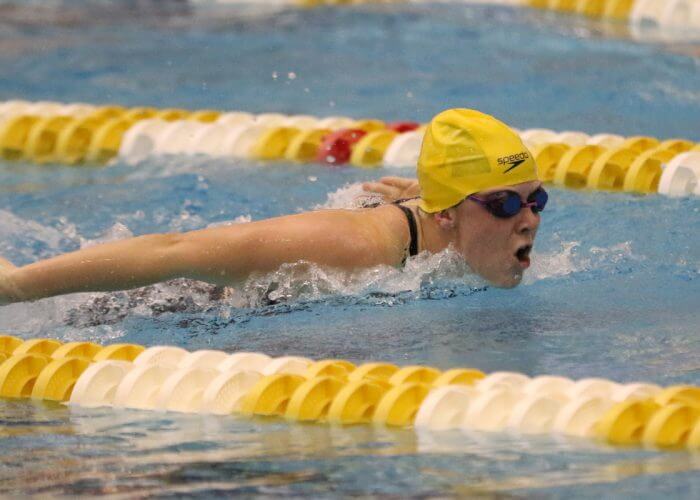
Photo Courtesy: Jeremy Crawford
Butterfly is arguably one of the hardest strokes to learn and master in swimming. Butterfly primarily targets your upper body and core to power through the water.
One special action that butterfly demands is engaging your rectus abdominis, or your six-pack muscle, and your external obliques to power your quadriceps to produce a powerful dolphin kick.
According to Shape Fit, a 130-pound person burns 649 calories after one hour of swimming butterfly, making it the highest calorie-burner out of all four strokes.
Backstroke
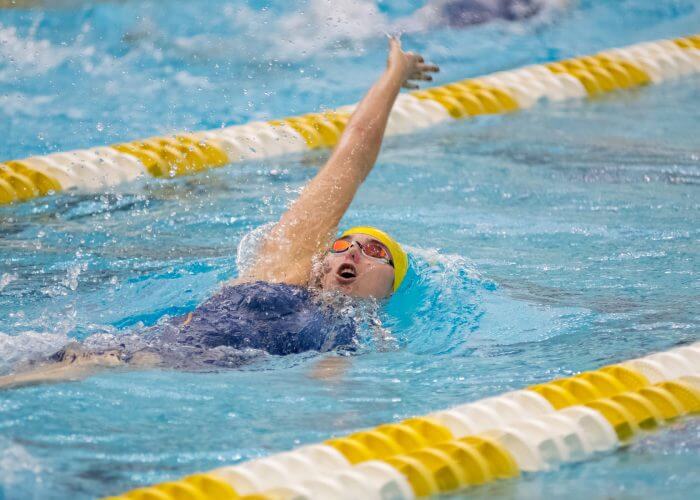
Photo Courtesy: Dan Vos
Similarly, backstroke requires a strong core to keep your legs from sinking as well as use of your spinus erectors, your supporting spinal muscles.
In contrast to butterfly’s high energy demands and emphasis on the core for power, backstroke engages the core to maintain correct posture and hip flexibility.
The unique pull of backstroke also allows you to open up your deltoids and your lats, which can correct the infamous swimmer slouch by pulling your shoulders back.
Breaststroke
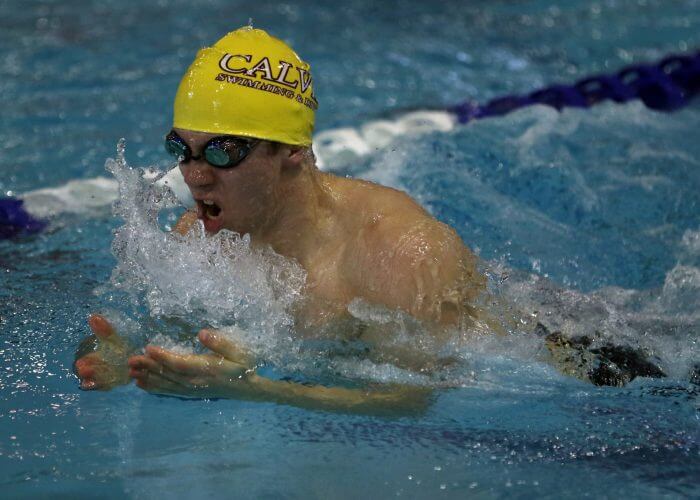
Photo Courtesy: Jeremy Crawford
Swimmers are known to swim breaststroke at a leisurely pace for recovery during practice; however, it is a very tiring stroke when swum properly. It is a highly technical stroke that is difficult to master, and decreasing drag is the name of the game.
Your glutes and your abductor magnus, located by your groin, are two muscles that an efficient breaststroke requires. Breaststroke also calls for proficient ankle flexibility and an emphasis on lateral knee motion to execute the kick, which is not used in other strokes.
Likewise, breaststroke is linked to a lower number of shoulder injuries since its pull exerts your pectorals and your forearm muscles.
Freestyle
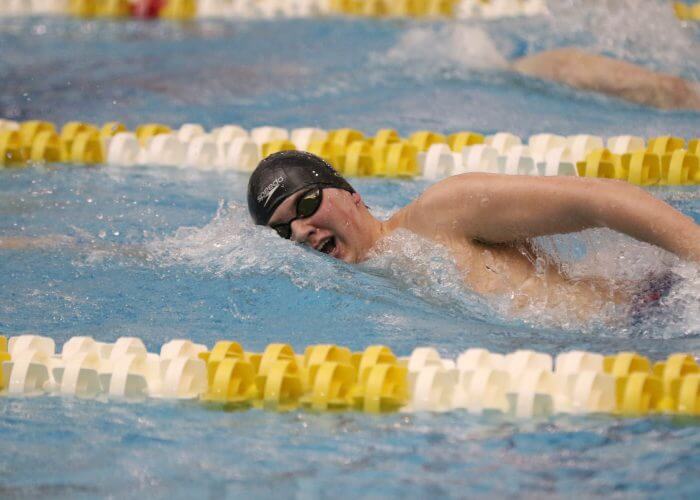
Photo Courtesy: Jeremy Crawford
Freestyle, nicknamed the front crawl, is the fastest of all four strokes and the most popular for aerobic work. The freestyle catch uses a multitude of muscles but emphasizes your deltoids and traps, which are located on your upper back near your shoulder blades.
Freestyle helps tone your back muscles, especially your lats. Your lats are the broadest muscle in your back and pull your shoulders downward, which is crucial to forward movement through the water.
Okay, so we determined what strokes specifically work each muscle group. Now, why should you mix up and swim your off-stroke?
Perfect Complements
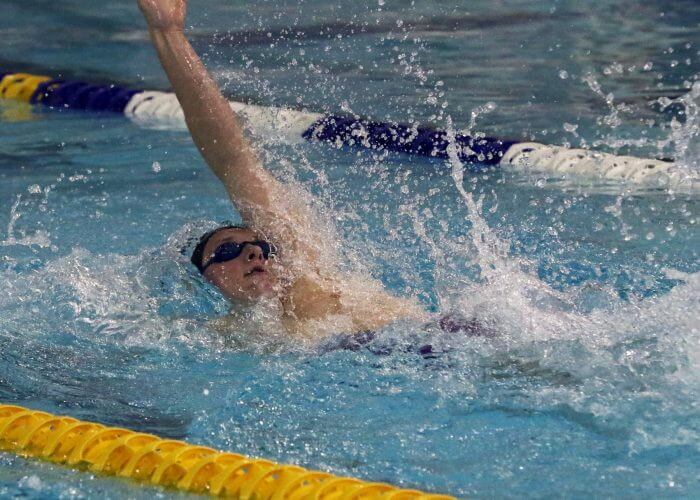
Photo Courtesy: Jeremy Crawford
Backstroke and freestyle make a great pair when combined in training. Freestyle tones your back muscles and gives you a full-body workout while backstroke aids in strengthening your core and fixing your posture.
Butterfly and breaststroke also make a great combo. Butterfly and breaststroke both pull in a heart-like shape and entail timing perfections with their specialized kicks.
Off-stroke training also provides muscular balances. While freestyle and backstroke operate your core for stability, butterfly’s intense core energy is the key to propelling you through the water. Breaststroke kicking bends your knees directions which strengthen opposite sides of your leg muscles that other strokes can’t.
Injury Prevention
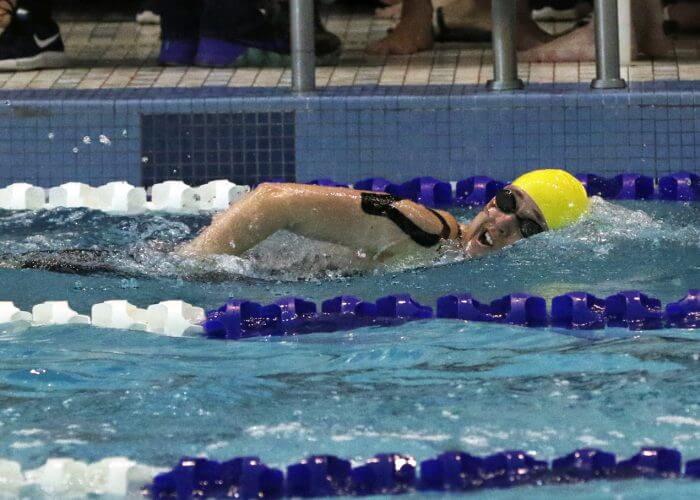
Photo Courtesy: Jeremy Crawford
Fitting all strokes into your training aids in injury prevention, especially nasty shoulder injuries. Repetitive motions, such as the freestyle pull, can inflict stress on your muscles. Switching up strokes during practice can give those highly-worked muscles a rest and strengthens the seldom-used muscles in order to balance and stabilize the body.
Frequent core work and posture corrections help prevent lower back injuries, a common yet overlooked injury among swimmers. Performing with the proper muscle groups take care of warding off muscular strains.
Enjoy Swimming More!
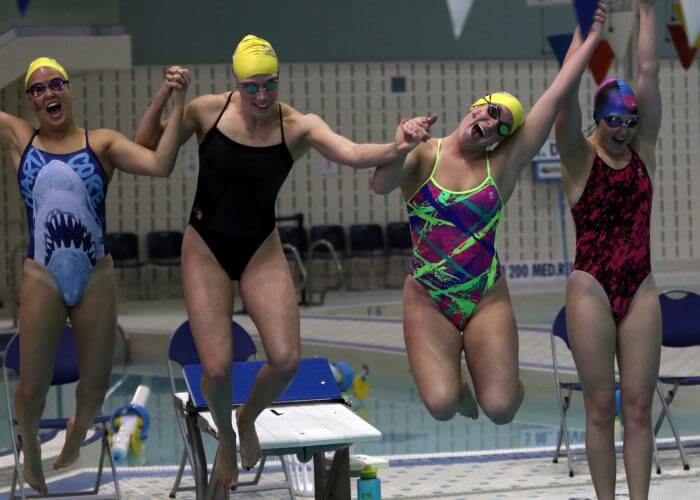
Photo Courtesy: Jeremy Crawford
Infusing off-strokes regularly into training lays down a solid foundation for aerobic work and gives you room to grow. You can’t sharpen your skills if you continue to swim the same way over and over again.
Training other strokes can spice up your practices with a fresh set of challenges and create more ways to improve. Swimming is one of the most unique sports in the world, and utilizing your off-stroke can allow you to appreciate the true beauty and thrill of swimming.
Commentary: All commentaries are the opinion of the author and do not necessarily reflect the views of Swimming World Magazine nor its staff.



